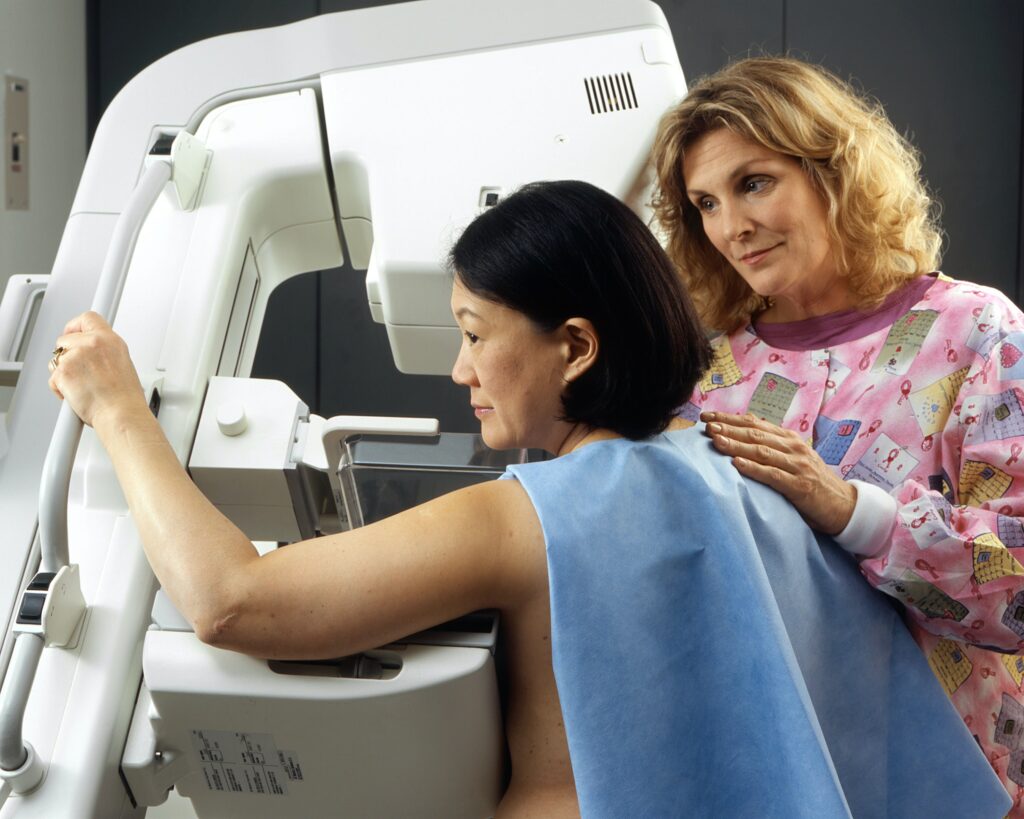The most common cancers for women in the UK


Cancer remains a leading health concern in the UK, with over 167,000 women diagnosed each year. While there are over 200 different types of cancer, some are more prevalent in women. Early detection and prevention play a crucial role in improving outcomes, making it vital to understand the types of cancers that pose the most significant risks. This article will focus on the most common cancers affecting women in the UK, discussing their prevalence, risk factors, and steps for prevention.
Prevalence: Breast cancer is the most common cancer among women in the UK, accounting for about 30% of all cancer cases in women. Every year, around 55,000 women are diagnosed with breast cancer, making it a significant public health concern.
Risk Factors:
– Age: The risk increases with age, with most cases diagnosed in women over 50.
– Family History and Genetics: Having a close relative with breast cancer increases risk, as do mutations in the BRCA1 and BRCA2 genes.
– Hormonal Factors: Early menstruation, late menopause, and long-term use of hormone replacement therapy (HRT) can contribute to higher risk.
Prevention and Early Detection:
– Mammograms: Regular screening from the age of 50 to 71 in the UK helps catch the disease early.
– Lifestyle Choices: Maintaining a healthy weight, exercising regularly, limiting alcohol, and breastfeeding where possible may reduce the risk.
Prevalence: Lung cancer is the second most common cancer in women in the UK. Approximately 23,000 women are diagnosed with lung cancer each year. Historically more common in men, lung cancer rates in women have risen, partly due to increased smoking rates among women in the past.
Risk Factors:
– Smoking: The primary cause of lung cancer, responsible for around 85% of cases.
– Secondhand Smoke and Air Pollution: Long-term exposure to these factors also raises risk.
– Age: The majority of cases occur in women aged over 60.
Prevention and Early Detection:
– Smoking Cessation: Quitting smoking significantly reduces the risk, and it’s never too late to benefit.
– Low-Dose CT Scans: While there is no national lung cancer screening program, those at high risk may benefit from early detection measures.
– Air Quality: Limiting exposure to air pollutants and radon gas can lower the risk.
Prevalence: Bowel cancer is the third most common cancer in women, with around 17,000 women diagnosed each year. Though historically more common in men, bowel cancer affects a significant number of women, especially those over 60.
Risk Factors:
– Diet: A diet high in red and processed meats and low in fibre increases the risk.
– Age and Genetics: As with many cancers, risk increases with age, particularly after 50, and having a family history of the disease adds to the risk.
– Lifestyle: Lack of physical activity, obesity, and smoking can all increase the chances of bowel cancer.
Prevention and Early Detection:
– Screening: The UK offers a bowel cancer screening program for those aged 60-74 using a home testing kit that looks for blood in the stool.
– Healthy Diet: A fibre-rich diet that includes whole grains, fruits, and vegetables may lower the risk.
– Staying Active: Regular exercise can also reduce bowel cancer risk.
Cancer remains a significant health threat for women in the UK, but the good news is that many common cancers are preventable or treatable when caught early. Regular screening, adopting a healthy lifestyle, staying informed about family medical history, and being vigilant about symptoms are key to reducing the risk and improving outcomes.
By taking these steps, women can take proactive control of their health and improve their chances of detecting common cancers early, when treatment is most effective. If you’re concerned about your cancer risk, speak to a healthcare professional to determine appropriate screening and preventive measures.